BIRDS OF PREY. |
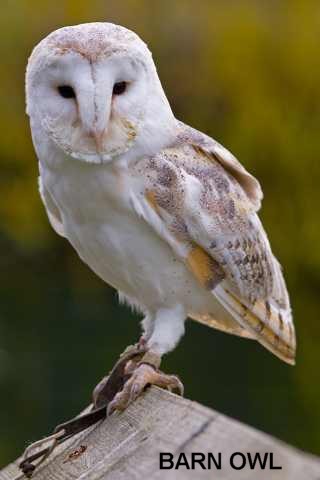
Tyto alba
Habitat:They nest in farm buildings as well as churches, sheds and natural holes in trees. They inhabit farmland and other open country with
scattered trees.
Diet:Mice, voles and shrews.
|
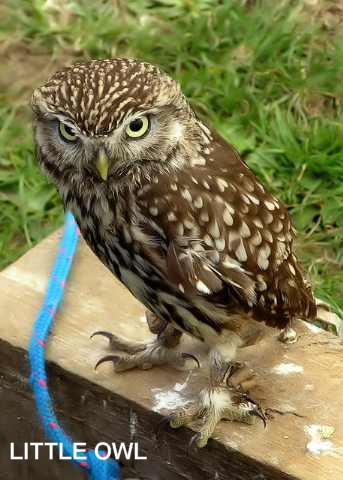
Athene noctua
Habitat: It likes lowland farmland with hedges and copses, parkland and orchards. Most common in central, southern and south eastern England,
and the Welsh borders.
Diet:Small mammals and birds, beetles and worms.
|
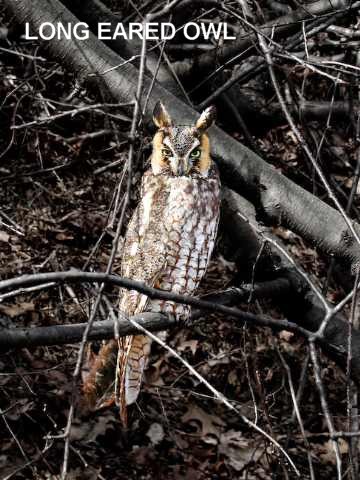
Asio otus
Habitat:Breeds in coniferous woodland or, occasionally, hawthorn scrub, usually close to open country such as moorland. Winters near rough
grassland and marshes.
Diet:Small rodents, and small birds in winter.
|
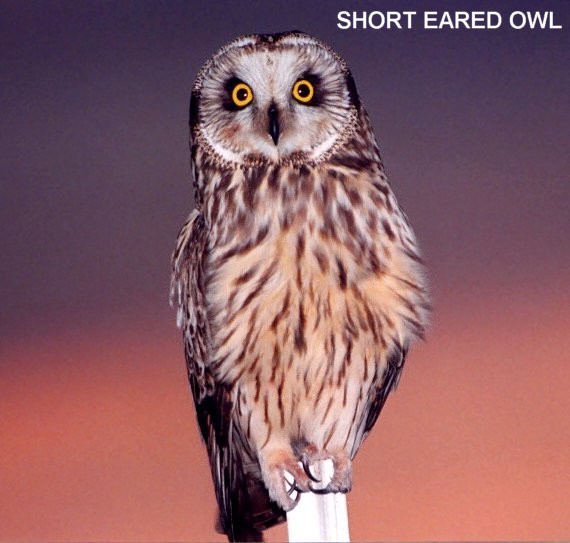
Asio flammeus
Habitat:Breeds in open country - moors, heaths, young conifer plantations. In winter also on rough fields, salt-marsh etc.
Diet:Small mammals, such as voles, shrews, mice, rats, hedgehogs, birds up to thrush size and amphibians.
|
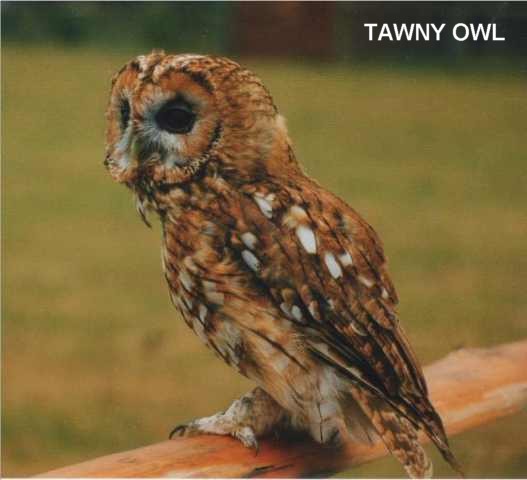
Strix aluco
Habitat:The tawny owl is nocturnal so it is often heard calling at night, but much less often seen. Breeds and winters in woods, parks and gardens.
Diet:Small mammals and rodents, small birds, frogs, fish, insects and worms.
|
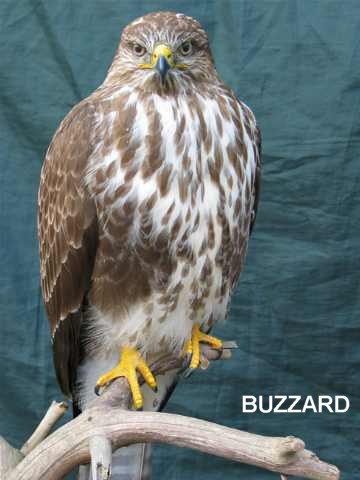
Buteo buteo
Habitat:Hills, wooded valleys and farmland with scattered woods.
Diet:They feed on small mammals, like voles and rabbits, but also birds, reptiles, amphibians, insects and worms.
|

Aquila chrysaetos
Habitat:It lives in the wild, open moorlands and mountains of the Scottish Highlands.
Diet:Birds and mammals - some carrion.
|
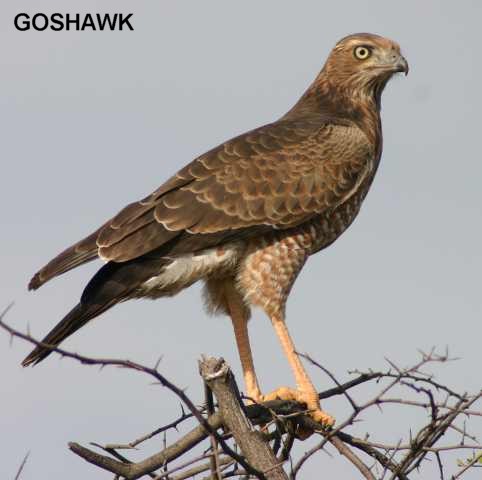
Accipiter gentilis
Habitat:Best looked for near large areas of woodland and forests with glades and paths for it to hunt along. Can also be seen hunting over more
open countryside.
Diet:Birds and mammals.
|
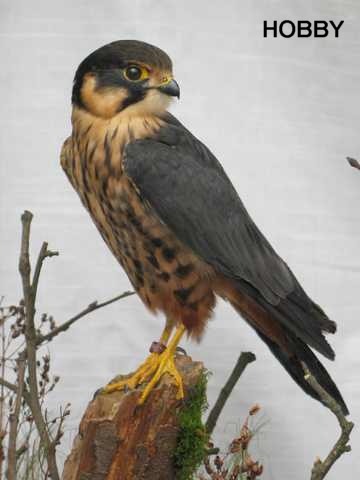
Falco subbuteo
Habitat:Best looked for hunting over woodland edges, heathlands where there is plenty of large insect prey. Gravel pits are a popular feeding areas
in late summer when there is plenty of food.
Diet:Insects and small birds
|
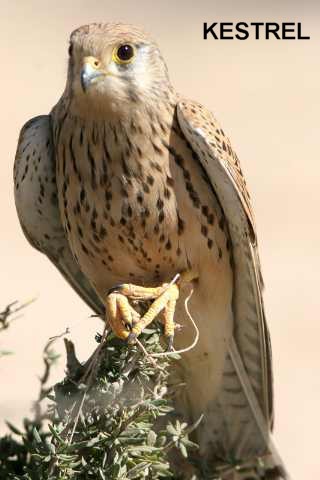
Falco tinnunculus
Habitat: Kestrels are found in a wide variety of habitats, from moor and heath, to farmland and urban areas. The only places they do not favour are
dense forests, vast treeless wetlands and mountains.
Diet:Kestrels feed on small mammals, such as voles, shrews and mice, birds as large as Starlings, and invertebrates, such as beetles, grasshoppers
and worms. In gardens, they will take meat scraps.
|

Calidris minuta
Habitat:Breeds on open moorland. In winter also on coastal fields and marshes.
Diet:Mainly small birds.
|
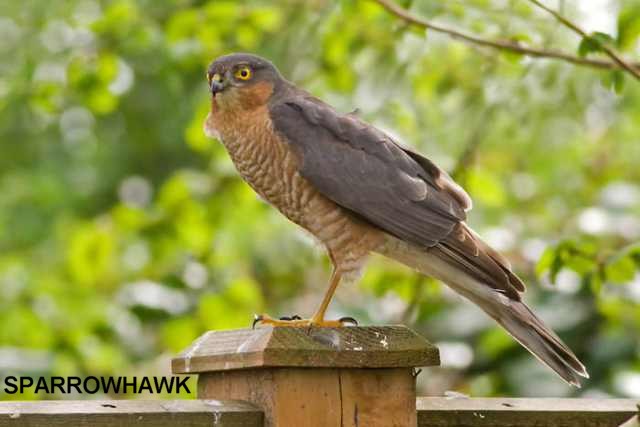
Accipiter nisus
Habitat:Woods, wooded farmland and even parks in city centres.
Diet:Small birds.
|
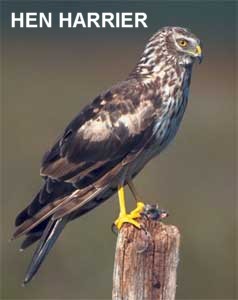
Circus cyaneus
Habitat:Main breeding habitat moorland and young conifer plantations. In winter found on fields and rough pasture, particularly coastal areas,
marshes and often roosts communally in favoured reedbeds.
Diet:Mainly small birds and mammals.
|

Pandion haliaetus
Habitat:Wooded islands and lakesides. Feeds on fish in lakes etc and also visits coast.
Diet:Fish.
|
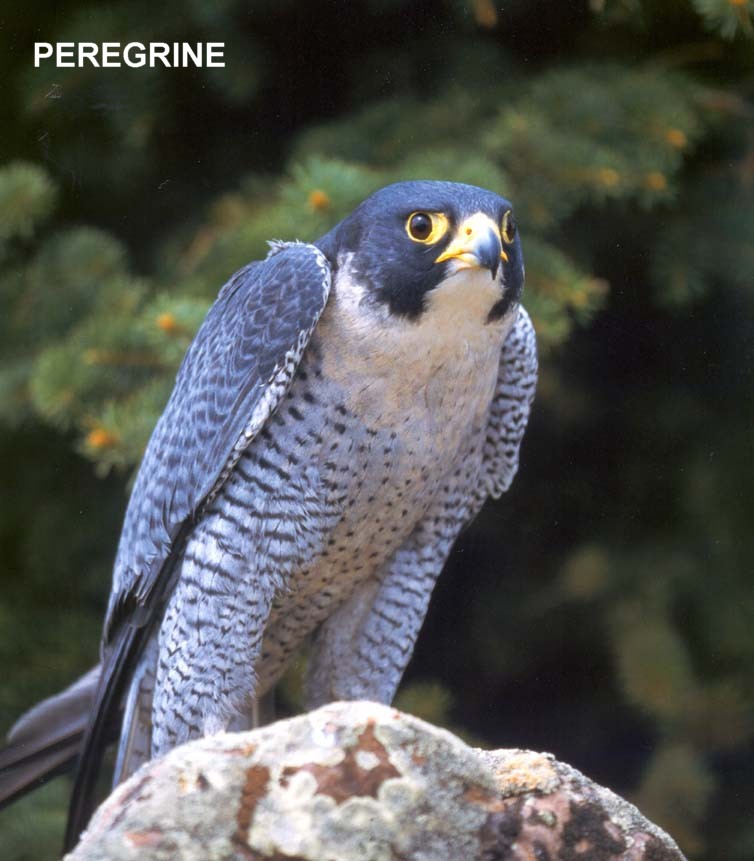
Falco peregrinus
Habitat:Coastal cliffs, mountains and moorland. Occasionally in cities.
Diet:Medium-sized birds, such as wading birds, pigeons and small ducks.
|

Milvus milvus
Habitat:Wild and rugged landscapes, of wooded valleys and uplands.
Diet:Carrion, worms and small mammals.
|

